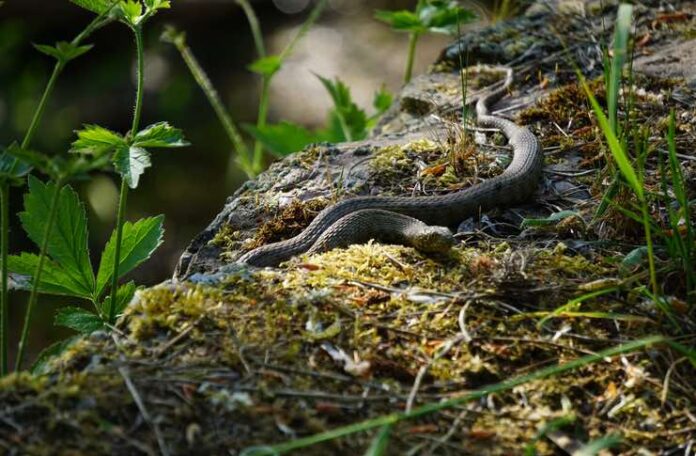Snake bites in livestock often lead to localized swellings at the bite area, with the extent of swelling dependent on the targeted tissue and the venom quantity introduced. Beyond the immediate effects, snake venom can significantly impact animals’ nervous systems. Affected animals may display symptoms such as tremors, paralysis, convulsions, or behavioral alterations.
The intensity of these neurological manifestations varies based on the snake species and venom dosage administered, ranging from mild to severe. Here are some protocols and procedures you should follow before getting to a vet.
First Aid
When venomous snakes bite your animal, treat it as a medical emergency. Immediate care at a veterinary hospital should precede attempting first aid measures. First aid should involve restricting the animal’s movement and ensuring swift transportation. Many traditional field treatments lack effectiveness and may pose risks to the patient.
Avoid using cold packs, hot packs, incision with suction, and tourniquets. Due to the potential for elapid venom to induce respiratory paralysis, animals bitten by coral snakes should be transferred to a facility capable of continuous monitoring and providing mechanical ventilation.
Watch this video to learn more on how to save your pet or animal after a snake bite:
Approaches to Diagnosing Snake Bites by Veterinarians
Common symptoms of snake bites include pronounced and sudden swelling in the limb or face, lameness, and severe breathing difficulties. In some cases, the bite marks may appear as two small circles, although they might be challenging to identify. Venomous bites typically result in more severe clinical manifestations, while non-venomous or “dry” bites may exhibit less swelling and fewer symptoms.
Treatment of Snake Bites
If you suspect a snake has bitten your animal, contact your veterinarian immediately; aim to keep your animal calm while either loading and trailering to your veterinary clinic or waiting for your vet to arrive on site. Increased stress and movement will boost your animal’s blood flow, potentially spreading the venom further.
In cases where your animal experiences severe respiratory distress and struggles to breathe properly, a temporary tracheostomy may be necessary to ensure your animal receives sufficient oxygen, reducing their stress levels. If your veterinarian anticipates this situation, they might advise you to secure cut pieces of hose in the nasal passages to maintain an airway until they conduct an examination.
To mitigate tissue damage and address potential shock, your animal will receive steroids (such as dexamethasone) and anti-inflammatories (like Banamine or Phenylbutazone). Additionally, antibiotics may be administered as snakes can inadvertently introduce bacteria into the wound through their bites, preventing infections from any necrotic tissue that could develop.
Snake Bite Recovery and Management
Recovery from facial injuries typically takes a few days with proper medical care. Wounds on the legs may require a longer healing period as these limbs have less skin and blood circulation, making skin shedding possible.
If an animal gets bitten near a joint by a snake, it may experience significant lameness due to inflammation and pain. If your animal shows facial swelling, avoid feeding it on the ground to prevent edema from worsening with gravity, potentially affecting eating, drinking, and breathing. In rare situations, snake bites can result in clotting problems, internal bleeding, and tissue damage later on.
For some tips on nutrition for snake recovery – watch this video:
Endnote
Most animals can recover with proper medical care. If you suspect your animal has been bitten, it is crucial to have it examined by a veterinarian promptly.



